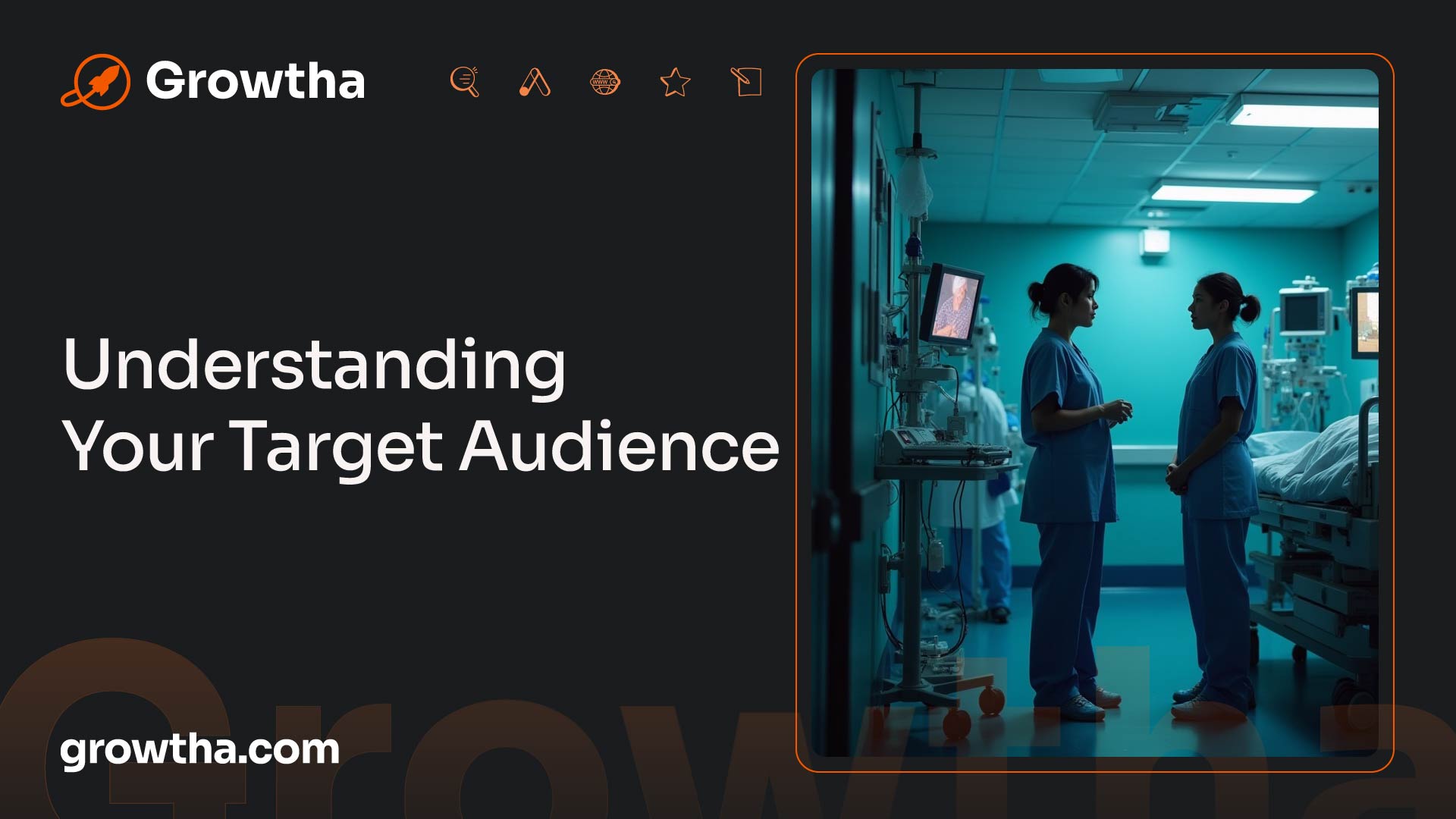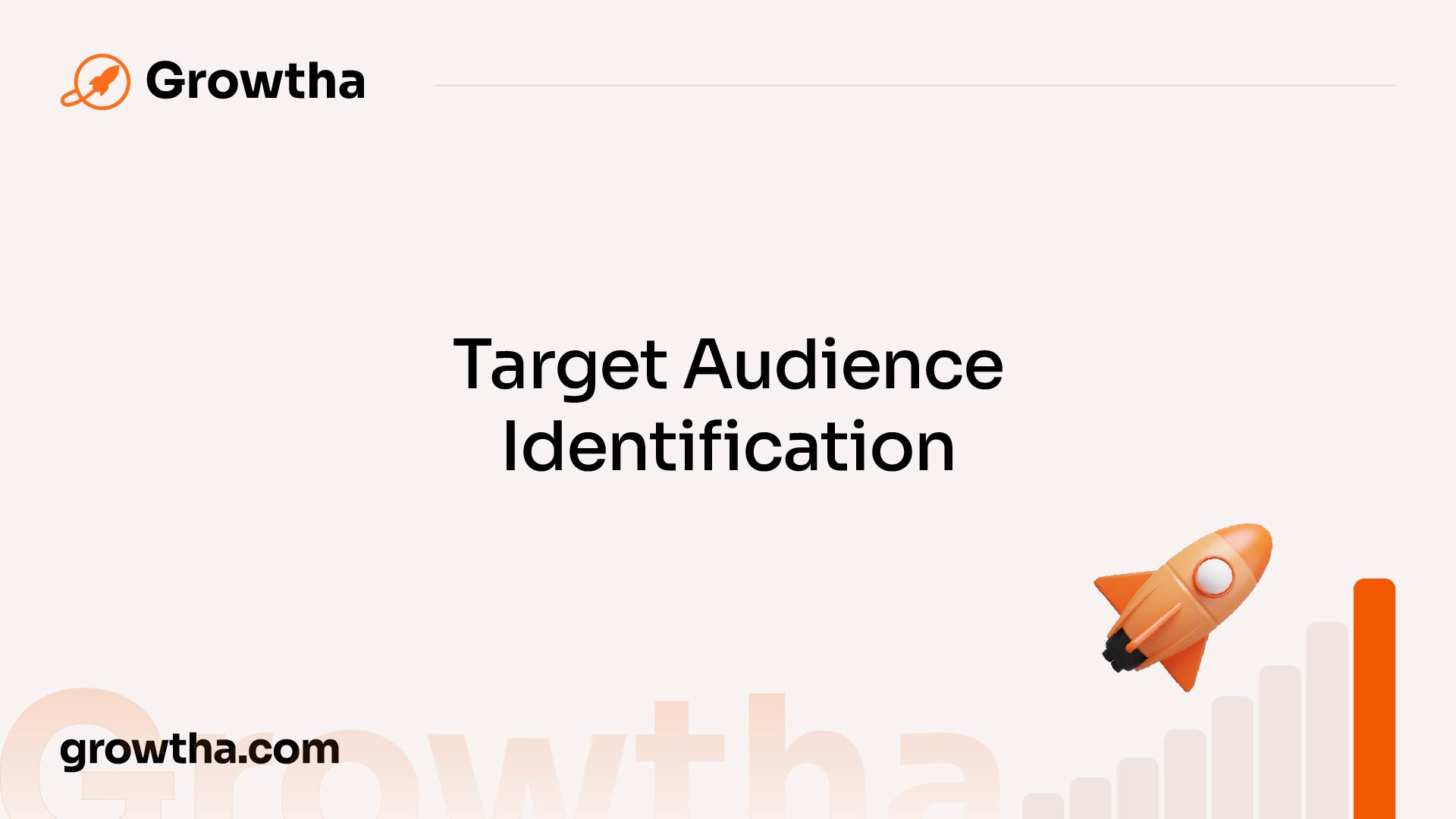In the realm of healthcare SEO marketing, understanding your target audience is paramount for achieving maximum impact. Knowing who your audience is and their specific needs allows you to tailor your marketing efforts to resonate with them effectively. This section will explore the importance of knowing your audience and the benefits of target audience analysis.

A target audience refers to the group of people that a company aims to reach and engage with its products or services. It's crucial to recognize that demographics alone are not sufficient to truly understand and connect with your audience. Different types of target audiences encompass various aspects, including demographics, psychographics, purchase intention, subculture, and lifestyle characteristics.
Understanding your target audience is essential because it allows you to make informed decisions across all areas of your marketing strategy. By knowing who your audience is, you can tailor your products or services to meet their specific needs and preferences. This ensures that you are offering solutions that resonate with them, increasing the likelihood of conversion and brand loyalty.
Furthermore, knowing your target audience enables you to choose the most effective marketing channels to reach them. Different age groups and demographics may respond better to specific channels. For example, older adults may be more receptive to traditional media like TV and print, while younger individuals may be more engaged with social media and online advertising.

Conducting a thorough analysis of your target audience provides several benefits that can significantly impact your healthcare SEO marketing efforts. Here are some key advantages:
To gather valuable insights about your target audience, consider utilizing research methods such as surveys, focus groups, and customer interviews. These techniques provide valuable information about their pain points, interests, motivations, and purchasing behaviors.
Once you have a solid understanding of your target audience, creating buyer personas can be a useful tool. These fictional characters represent different segments of your audience, complete with names, ages, jobs, and hobbies. Developing buyer personas helps you humanize your audience and guides you in creating messaging that resonates with their unique characteristics and preferences.
By investing time and effort into understanding your target audience, you can unlock the potential for maximum impact in your healthcare SEO marketing. This knowledge empowers you to make informed decisions, create effective messaging, and deliver targeted campaigns that engage and connect with your audience on a deeper level.
Understanding the demographics and psychographics of your target audience is crucial for developing effective healthcare SEO marketing strategies. By utilizing demographic information and harnessing psychographic data, you can create tailored campaigns to reach and engage your audience effectively.
Demographic information provides valuable insights into the characteristics of your target audience. By understanding demographics such as age, gender, location, family or marital status, education level, income level, and occupation, you can define your target audience more effectively and tailor your marketing efforts accordingly.
Demographics help you understand who your audience is and allows you to segment them based on relevant criteria. For example, if you are marketing a healthcare service for seniors, knowing the age range and location of your target audience helps you craft messages and campaigns that resonate with them. Similarly, if you are targeting expectant mothers, understanding their demographics can help you deliver targeted content and information that meets their specific needs.
In addition to demographics, psychographic data offers deeper insights into the beliefs, values, interests, lifestyles, attitudes, and behaviors of your target audience. Psychographics help you understand the motivations and preferences that drive consumer behavior and decision-making.
Psychographic factors can include interests, hobbies, opinions, personality traits, and more. This information allows you to create more personalized and targeted healthcare marketing campaigns. For example, if your target audience is health-conscious individuals who prioritize natural remedies, understanding their psychographic profile can help you develop content and messaging that aligns with their preferences and values.
Combining demographic and psychographic data provides a comprehensive understanding of your target audience, enabling you to refine your marketing strategies and tailor your messaging to resonate with their specific needs and preferences. It allows you to create ideal target markets for your healthcare products or services, resulting in more effective and impactful healthcare SEO marketing campaigns.
By leveraging demographic and psychographic information, healthcare marketers can improve their growth potential and discover new audiences they may not have anticipated [3]. This targeted approach leads to more successful healthcare SEO marketing efforts and better engagement with your audience.

To maximize the impact of healthcare SEO marketing, understanding your target audience is essential. Market segmentation is a powerful strategy that allows you to divide your audience into distinct groups based on specific characteristics. Two key types of data used in market segmentation are firmographic and psychographic data.
Firmographic data is particularly relevant for B2B businesses. It includes traits such as company size, annual revenue, industry, and location. This data helps businesses identify potential customers who align with their target market and tailor their marketing efforts accordingly. By understanding firmographic data, businesses can focus their resources on reaching the right audience and increase their chances of success.
On the other hand, psychographic factors are applicable to both businesses and consumers. Psychographic data provides insight into the values, lifestyle, attitudes, behaviors, and preferences of your target audience. It delves deeper into understanding their motivations and aspirations. By combining psychographic data with demographics, businesses can create a comprehensive profile of their ideal target market. This enables them to develop more personalized marketing strategies that resonate with their audience on a deeper level.
Market segmentation offers numerous benefits for healthcare SEO marketing. By dividing your target audience into specific segments, you can create more targeted and relevant marketing campaigns. This allows you to tailor your messaging and content to meet the specific needs and preferences of each segment.
Segmentation also enables businesses to allocate their resources more efficiently. By focusing on the segments that are most likely to be interested in their products or services, businesses can optimize their marketing budget and efforts. This can lead to increased return on investment and improved overall marketing effectiveness.
A notable example of successful market segmentation is Nike. By segmenting its audience and recognizing that 40 percent of its customers are female, Nike developed marketing strategies specifically tailored to this segment. Their messaging includes endorsements from female athletes, inclusive models, and a focus on holistic health. This approach has resonated with their female audience and contributed to their success in the market.
In conclusion, market segmentation based on firmographic and psychographic data allows businesses to target their healthcare SEO marketing efforts more effectively. By understanding the characteristics and preferences of different segments within their audience, businesses can develop personalized strategies that resonate with their target market. This approach can lead to improved customer engagement, increased conversions, and ultimately, greater success in the healthcare industry.

To maximize the impact of healthcare SEO marketing, it is crucial to have a deep understanding of your target audience. This section explores two key methods for identifying and understanding your target audience: creating buyer personas and leveraging customer data.
Creating buyer personas involves developing fictional characters that represent your ideal target audience. These personas are based on research and data collected through surveys, focus groups, and other research methods. By giving these personas names, ages, jobs, and hobbies, you can create messaging that speaks directly to their needs and interests [2].
When creating buyer personas, consider factors such as demographics, psychographics, pain points, motivations, and interests. Demographic information includes characteristics like age, gender, location, and income level. Psychographic data delves into their attitudes, values, lifestyle choices, and behavioral patterns. By understanding these aspects, you can tailor your healthcare SEO marketing efforts to resonate with your target audience on a personal level.
Leveraging customer data is another effective method for identifying your target audience. Collecting and analyzing data related to your existing customers can provide valuable insights into their preferences, behaviors, and motivations. Three categories of customer data to consider are demographic information, customer behavior, and consumer motivations [4].
Demographic data includes details such as age, gender, occupation, and location. Understanding these factors helps you segment your audience and develop targeted marketing strategies. Customer behavior data provides insights into their interactions with your website, engagement with your content, and purchasing patterns. This information can guide you in optimizing your healthcare SEO marketing efforts to align with their preferences. Consumer motivations delve into the underlying reasons why individuals choose your healthcare services. By understanding these motivations, you can craft compelling messages that address their specific needs and concerns.
By combining the information gathered through buyer personas and customer data analysis, you can develop a comprehensive understanding of your target audience. This knowledge enables you to tailor your healthcare SEO marketing strategies to effectively reach and engage with your intended audience.
Understanding your target audience not only informs your current marketing initiatives but also helps you adapt to changes your customers may experience. By staying in tune with their evolving needs and preferences, you can continually refine and optimize your healthcare SEO marketing efforts to maintain relevance and drive results.

To maximize the impact of healthcare SEO marketing, it's important to implement effective marketing campaigns that effectively reach and engage your target audience. By utilizing the right strategies, you can create compelling campaigns that resonate with your audience and drive meaningful results.
When it comes to reaching your target audience, employing a combination of strategies can yield the best results. Here are some effective strategies to consider:
Looking at successful marketing campaigns can provide valuable insights and inspiration for your healthcare SEO marketing efforts. Here are a few notable examples:
These successful campaigns demonstrate the importance of understanding your audience and tailoring your marketing efforts to their preferences and needs. By leveraging the right strategies and taking inspiration from successful examples, you can create impactful healthcare SEO marketing campaigns that resonate with your target audience and drive positive results.
[1]: https://sproutsocial.com/insights/target-audience/
[2]: https://www.linkedin.com/pulse/importance-defining-your-target-audience-marketing-khushboo-agrawal
[3]: https://smith.ai/blog/how-to-use-demographic-information-to-target-new-customers-for-your-business
[4]: https://online.hbs.edu/blog/post/target-audience-in-marketing
[5]: https://www.ziflow.com/blog/types-marketing-campaigns
[6]: https://www.upwork.com/resources/marketing-campaign-examples